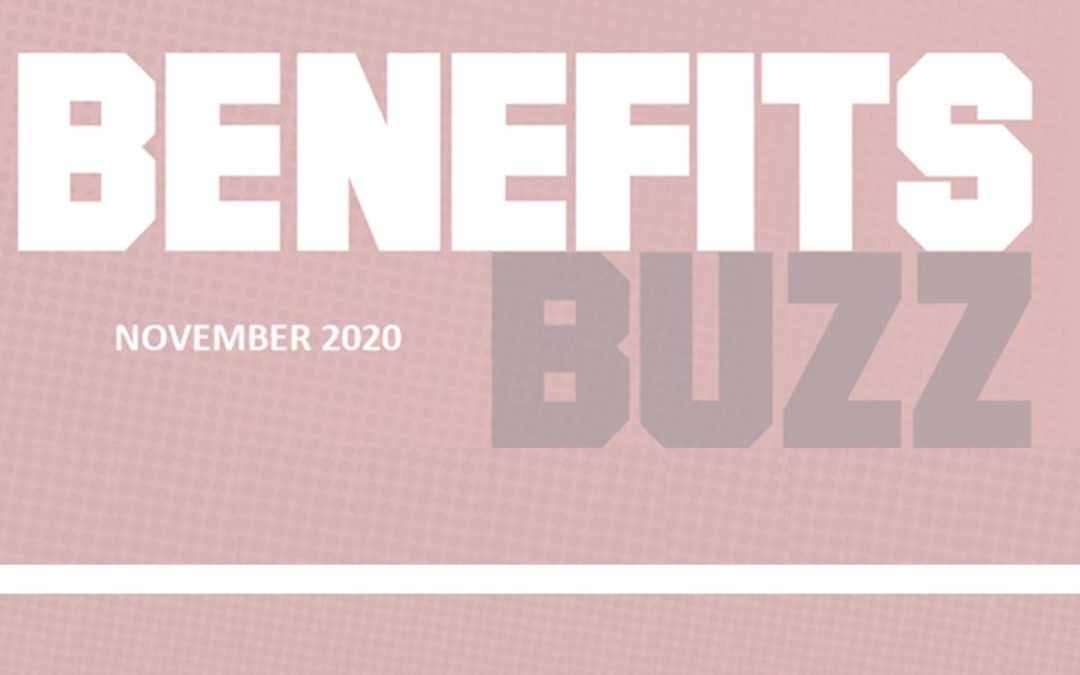IRS Provides Transition Relief for 2020 ACA Reporting
The IRS recently issued Notice 2020-76 to:
- Extend the due date for furnishing forms under Sections 6055 and 6056 for 2020 from Feb. 1, 2021, to March 2, 2021.
- Provide a final extension of good-faith transition relief from penalties related to 2020 information reporting under Sections 6055 and 6056.
- Provide additional penalty relief related to furnishing 2020 forms to individuals under Section 6055. Under this relief, employers will only have to provide Form 1095-B to covered individuals upon request.
The due date for filing forms with the IRS for 2020 remains March 1, 2021 (since Feb. 28, 2021, is a Sunday), or March 31, 2021, if filing electronically.
Action Steps
The IRS is encouraging reporting entities to furnish 2020 statements as soon as they are able. No request or other documentation is required to take advantage of the extended deadline.
Each year, the Kaiser Family Foundation and the Health Research & Educational Trust conduct a survey to examine employer-sponsored health benefits trends. Request a full summary from Solomon Agency Corporation for more details.
Plan Enrollment Trends
The following were the most common plan types in 2020:
- Preferred provider organizations (PPOs)—47% of workers covered
- High deductible health plans with a savings option (HDHP/SOs)—31% of workers covered
- Health maintenance organizations (HMOs)—13% of workers covered
- Point-of-service (POS) plans—8% of workers covered
Health Insurance Premiums
The average premium rose 4% for both single and family coverage over the past year—around $7,470 and $21,342 respectively.
Worker Contributions
Workers contributed $1,243 and $5,588 toward their premiums for single and family coverage, respectively.
Self-funding
Self-funded plan enrollment increased over the past year, with 23% of workers with small employers enrolled in either a partially or entirely self-funded plan, compared to 84% of workers with large employers.
Contact us for more information on benefits offerings or what you can do to control your health care costs.

